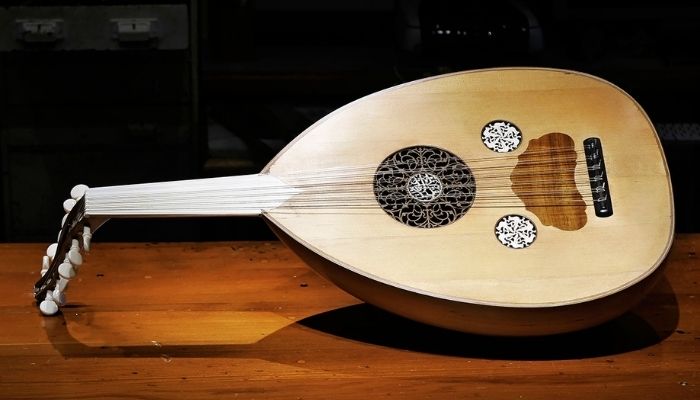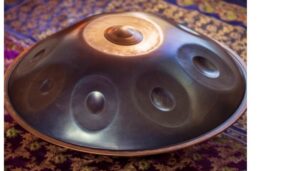15 Oud Instrument Ideas

The term ‘oud’ is an Arabic word that refers to several important and natural timbers used in the creation of this instrument. The oud has a shorter neck and lacks frets, despite its lute-like look. Because there are no frets on the oud, it is much easier to play microtonal and Maqam scales. The overall number of strings is eleven to thirteen, divided into five or six courses. Surprisingly, many people believe that this instrument is the most important in Arabic music.

There are numerous hypotheses as to where this instrument originated. Some claimed that the devil had instructed David’s people to trade all of their instruments in exchange for the oud, a mystical instrument. Many people concluded, however, that this instrument was a cross between the barbiton and the barbat. The oud was supposed to have been developed at the time; however, it differed slightly from the original barbat.
In Arabic culture, the oud is known as “the king of instruments.” The name al-oud is supposed to come from the Arabic word for “wood,” and it was brought to Europe via North Africa. There’s nothing wrong with asserting that the oud is Arab culture’s earliest musical instrument. In fact, in Middle Eastern music, it is the most significant instrument.
The Oud’s Design
The Oud’s hollow body vibrates with its sound. A backside that is made up of 15-25 strips of wood. The rosette is usually the open side of the back part.
The pear-shaped body and fretless neck are the two most distinguishing characteristics of this musical instrument. However, this adornment has no negative impact on sound quality. The body of an oud resembles a large gourd and is constructed up of an intricate system of thin wood staves. The instrument’s upper section, on the other hand, is made of lightwood.
Characteristics of Oud
In contrast to the barbat’s animal hide top, the new form of the barbat had a wooden top. In addition, Al Nadr coined the term “Ud” to describe this new variety. Islamic musicians went to Iberia in the eighth and ninth centuries, bringing with them an instrument they named the “Oud.” Afterward, the lute was developed in Europe and became the most important instrument in Arabic music. The fifth string was introduced to the oud in the 13th century, marking the start of the instrument’s modernization phase.
Risha, a photo of the oud’s plectrum
There is an oud called the Zenne Oud, which is interesting. This is a smaller form of oud that has been referred to as a ‘women’s oud’ or a ‘female oud.’ This instrument was created with smaller hands and fingers in mind. The scale length of the Zenne oud is normally around 55 to 57 centimeters, rather than the standard size of 58. 5 cm or 60 to 62 cm. Oud Kumethra, often known as the “pregnant oud,” is another type of oud. This style of oud is most typically seen in Egypt and has a pear-shaped body.
Because there are multiple strings on the oud, tuning it can be challenging. The Turkish approach and the Arabic approach are the two most widely used methods for tuning this instrument. While playing Turkish tuning, the pitch is one step higher than when playing Arabic tuning. The Turkish instrument’s pitch would be D if a string on the oud was tuned in an Arabic pitch.
In the meantime, both the Turkish and Arabic tunings are tuned in fourths in the topmost four strings. Furthermore, the two bass string courses can be tuned in a variety of ways, although the most frequent tuning in Arabic style is C, F, A, D, and G. Furthermore, the most important aspect of it all is that the musician has an authentic string that is appropriate for the instrument.
It’s also a challenging task to learn to play the instrument. Another thing to consider is that you’ll have to become used to plucking the oud using a plectrum known as Risha. After you’ve gotten a feel for the instrument, you’ll want to start learning basic scales.
READ MORE: 6 Things You Need to Know About Trials in Tainted Space Wiki








